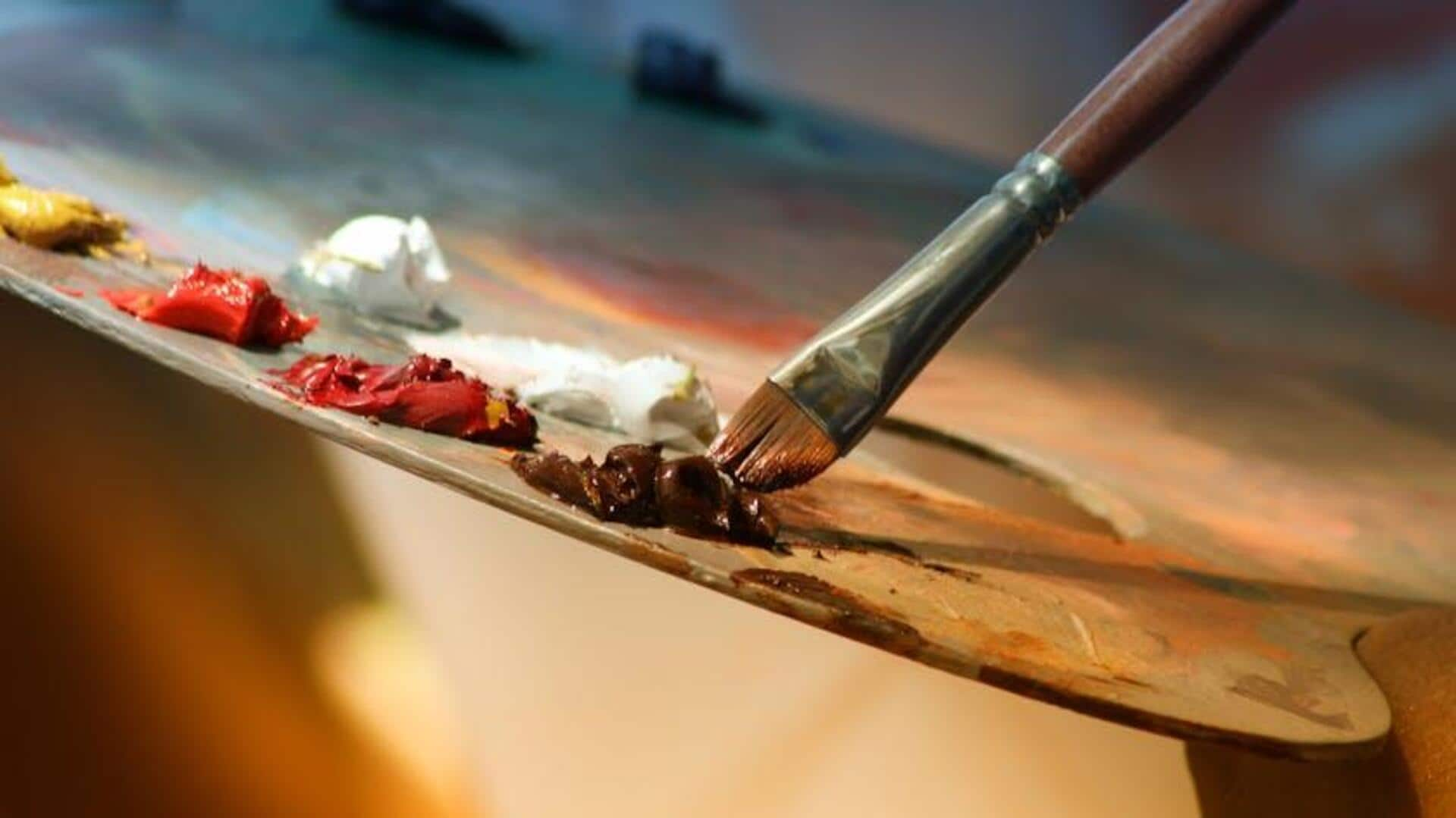
For artists: How to paint using natural pigments
What's the story
Painting African landscapes with natural earth colors is a unique way to capture the continent's diverse beauty. The colors, extracted from minerals and plants, give an authentic palette that reflects the rich hues of Africa's terrain. Using natural pigments, artists can create works that are not only environmentally friendly but deeply rooted in the land they depict. It adds to the visual appeal and promotes sustainable art practices.
#1
Choosing earthy tones for authenticity
Earth tones like ochre, sienna, and umber are perfect for replicating the African landscapes. They're sourced naturally from the clay and minerals from different parts of Africa. Ochre gives warm yellows and reds, sienna rich browns, and umber deep earthy shades. Using these tones makes it easier to create realistic depictions of savannas, deserts, and forests by reflecting their natural colors.
#2
Techniques for layering natural colors
Layering is essential while working with natural earth colors to create depth and texture in your paintings. Use lighter shades as a base layer to create a base for the landscape. Gradually add darker tones to create shadows and highlights that accentuate details like foliage or mountain ranges. Using this technique, artists can create dynamic compositions that reflect the complexity of African terrains.
#3
Incorporating local textures into artworks
Incorporating textures found in nature also makes landscape paintings more realistic. Artists can opt for sand/clay mixed with paint to recreate textures found in deserts or rocky areas. Applying the mixture with brushes/palette knives adds dimension to the artwork, making the painting more tactile and appealing to viewers who prefer detailed representations of African environments.
#4
Sustainable practices in art creation
Using natural earth colors supports sustainable art by reducing reliance on synthetic pigments that can harm ecosystems. Artists can source these pigments locally from minerals or plants, avoiding the environmental damage caused by chemical-based paint production. This practice promotes eco-friendly creativity and encourages artists to preserve the planet's resources through their work.